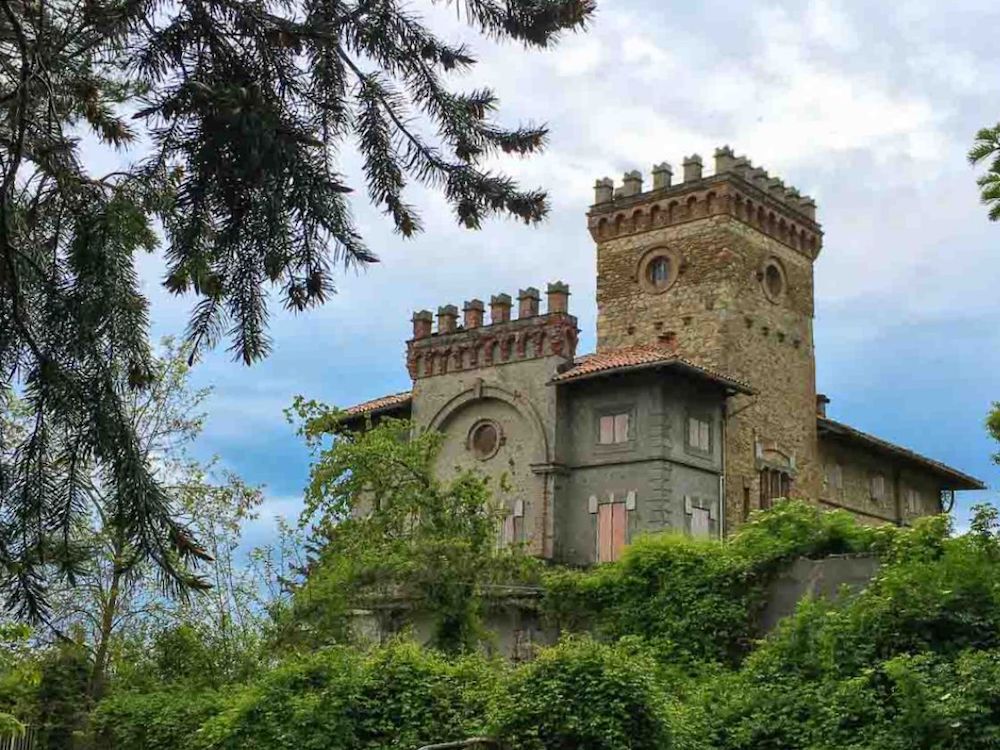
For many people, this pandemic has been like a brake pedal—a pause that gave space for things like gardening, cooking, baking bread. It gave us the opportunity to slow way down. But if you think that’s a new concept, you would be mistaken. In fact, there’s a whole movement, born in Italy in the early 1980s, that is all about slowing down to appreciate the time, the process, the craft that goes into real food.
For David Jackman, chef and owner of Chocolate Restaurant on Pacific Avenue, the tenants of the Slow Food Movement have infused his life for decades. In fact, he lived in Italy as the movement was taking shape, and his time there has informed everything he believes about food, cooking and his business. But even before that, his stint up on the UCSC farm here in Santa Cruz shaped his future in immeasurable ways.
“I started out as an intern in the late ‘70s at the UCSC farm and garden. During my time there, the farm did not have electricity. We were using only things we could grow. With the exception of cooking oil and soy sauce, we were buying very very little. No electricity, very little candle light, we were basically in the rhythm of the sun and the moon. We were living in teepees. We cultivated the things that we needed, and for the most part we didn’t even leave the farm,” Jackman recalls.
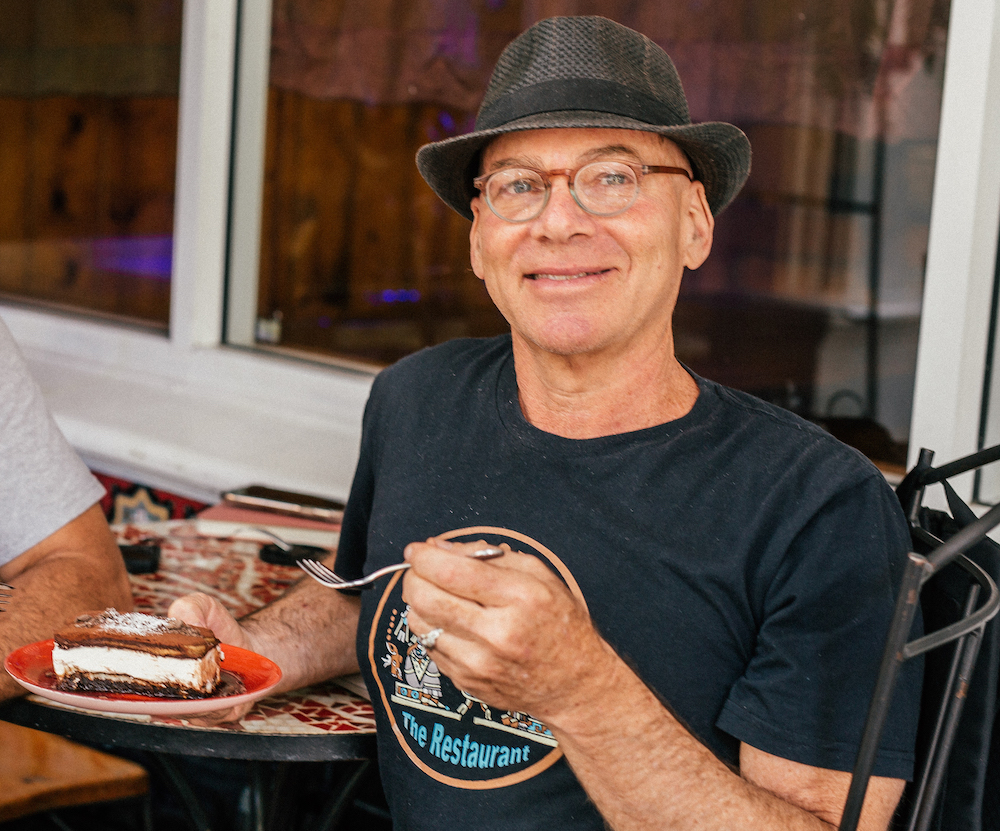
Like many students, he decided to travel for a bit after the completion of his education at UCSC. He put his stuff in storage and set out to visit friends in southern Italy. It was there in Naples that he experienced another level of respect at the table. “I made the decision to come back to Santa Cruz and close up my affairs,” says Jackman. He then moved to Italy and got a job on a farm in Verona as a baker and also cultivating vegetables for their hotel.”
At that time in Italy, Slow Food was being launched by Carlo Petrini as a movement against fast food. He rallied against McDonalds opening a location on the Spanish Steps in Rome, and that social protest actually influenced the entire government. It led to the opportunity for young people to go to farms, turn old farmhouses into hotels and restaurants, all subsidized by the government, which became the birth of agritourism. Jackman saw a correlation between his experience as an intern, the closed-loop process of living, farming and cooking on the UCSC farm, and these farms in Italy that were similarly self-sufficient.
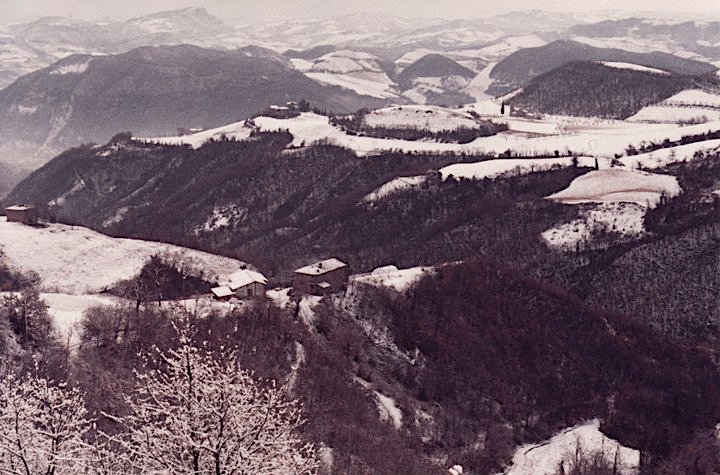
“Just like on the farm at UCSC, these farms had hotel restaurants that were generally run by the same people, the trend was for everyone to work on both the farm and the restaurant. At the UCSC Farm, I was frequently in the kitchen cooking for the other farming students. I had worked at The Swan (a very popular Szechuan restaurant in downtown Santa Cruz back then) and fell in love with the restaurant business. That prepared me for the farm and garden, and cooking there for the other apprentices, which was something I carried with me for several years,” Jackman explains.
After his time in Verona, he moved to Bologna to apprentice with an orchard master and pastry chef Stefano Rinaldi at the Castello di Medelana. It was a mountaintop farm restaurant in an art-deco era villa designed to look like a castle. He eventually took over both roles on his own and stayed for several years. The waitstaff made sheep and goat cheese in the 300-year old dairy onsite. Jackman tended the orchards, using the fruit in desserts for the restaurant, wedding cakes and treats for other special events.
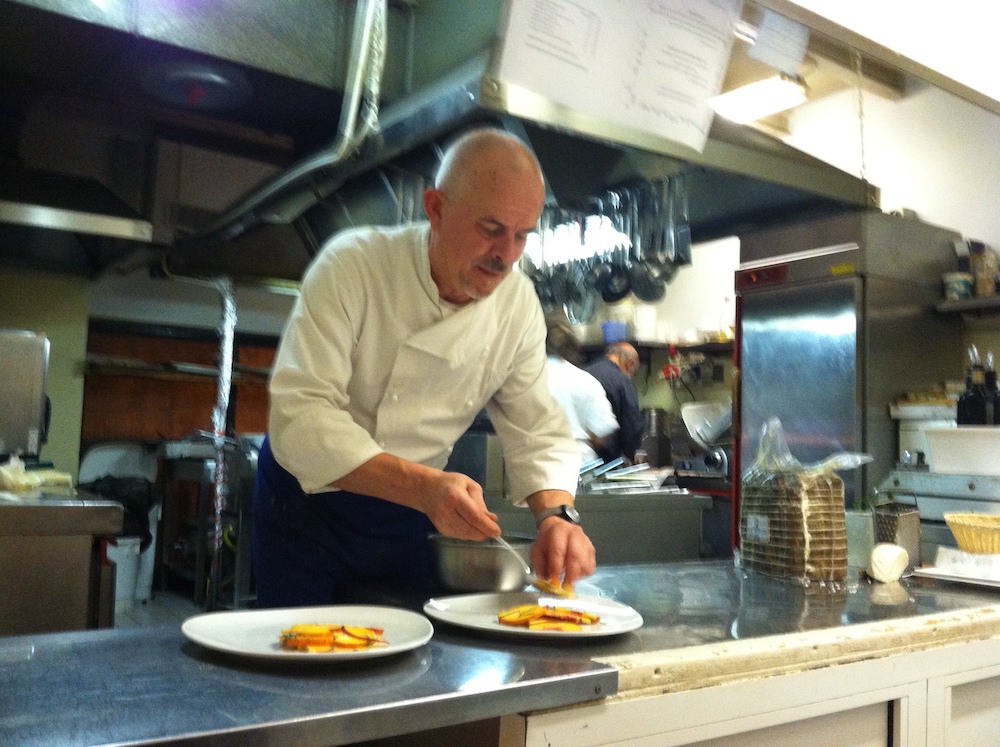
There were a few scattered farms in the area where the original farming families were still working, and they were interested and surprised by the success of these newer enterprises. They were curious, “Why was it successful? It was successful because of this focus I’ve been talking about, the connection between the farm and the restaurant, and the money that a restaurant can potentially generate is so obviously symbiotic with the food that the farm produces. The food that a restaurant sells, informing what the farm cultivates is so helpful,” Jackman says.
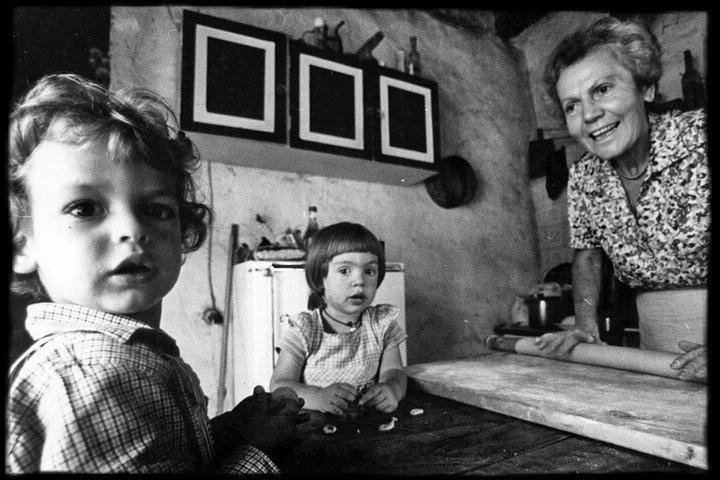
The farm where he worked in the hills above Bologna was a cooperative, made up of 24 people. With time, he felt like an integral part of this enterprise, and made a big effort to be absorbed by it. “I had to learn the local dialects…part of my goal was to not be on the radar as a foreigner,” he says. “I needed to be able to accomplish becoming a member of their society, accepting the fact that I had no one to speak English with there. Arriving as an illegal immigrant, which I was, and accepting the amnesty that they gave me to become a tax-paying worker, was a life changing experience.”
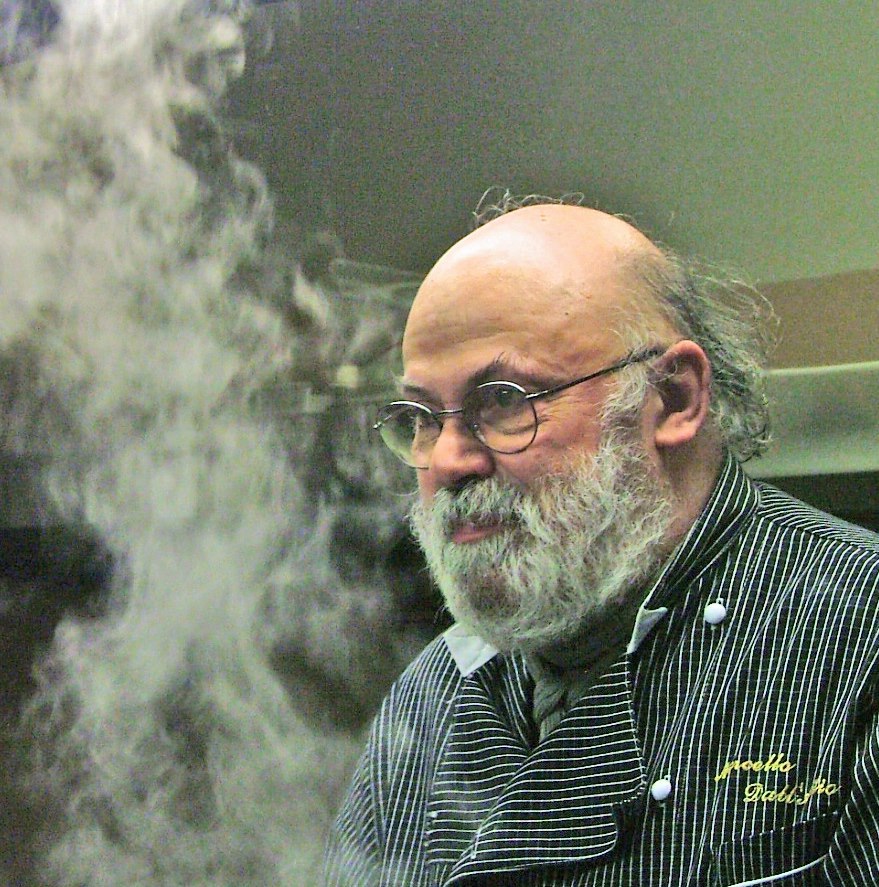
He returned to Santa Cruz sporadically over the years, but as part owner of that cooperative, he was obliged to be there during the warmer months to work. For a few years, he came back to Santa Cruz just to work the winters, including baking shifts at the legendary India Joze in its heyday.
“By the time I started visiting California in the 1990’s, I saw that the culinary approach had caught up with Italy. Things were recognized as valuable here, like hand rolling pasta. There was respect for the basic material in cooking as being the most important thing…which had been kind of a mantra for us in Bologna,” he says.
Eventually, Jackman was able to open his own restaurant in 1996, and so he had to cut ties with his partners in Italy. (At the same time, they moved the restaurant from the mountaintop villa to a real medieval castle with a moat and a drawbridge!) But he did not cut ties with the mentality he had come to hold deeply working in Italy. “We knew early on that organic produce makes the cook more successful.”
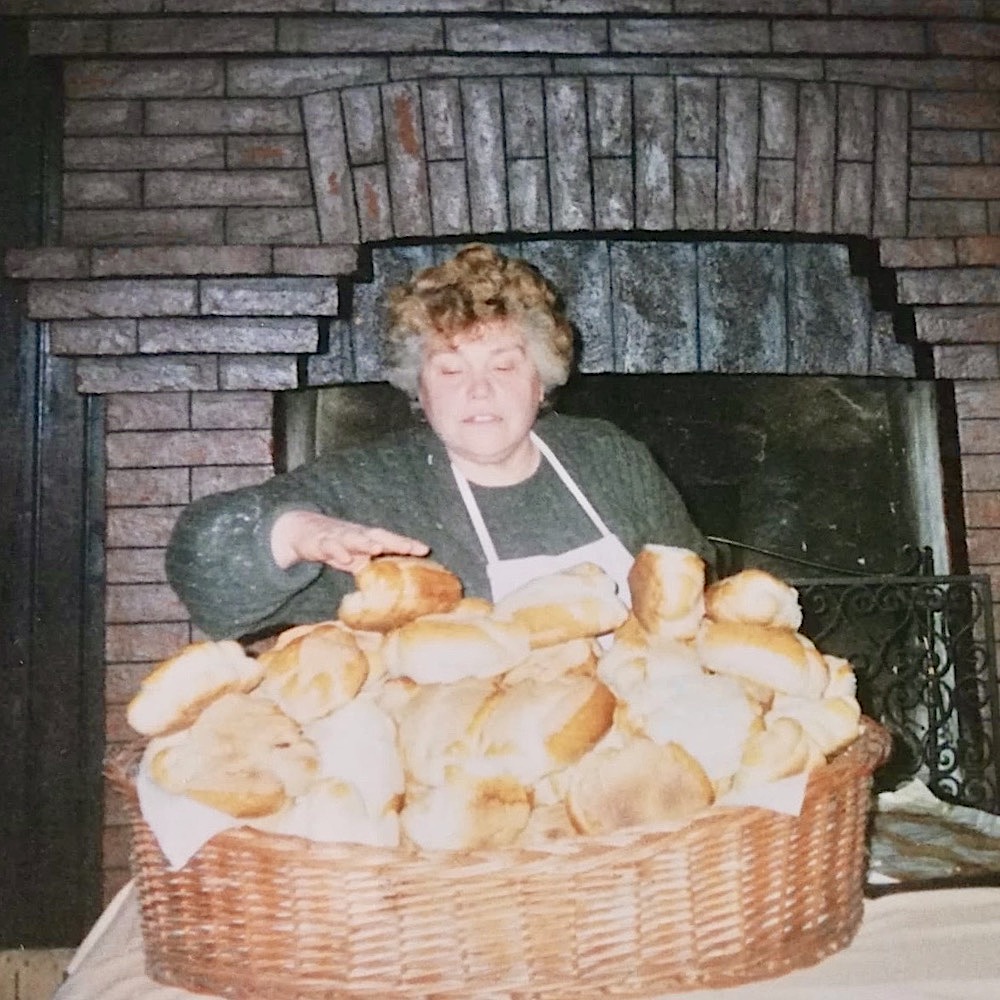
He points out that “as a restaurant, we spend between $20-30,000 a month on groceries, and how we allocate that is a statement we are making about what we believe. We are voting for something with every dollar we spend.”
His food philosophy has held strong all of these years and he recalls a prime example that has influenced the menu at Chocolate even today. “In the restaurant kitchen in Bologna, I worked daily with our pasta maker who used a 6-foot long rolling pin, that was her only tool, plus a wooden table, to make everything, tortelloni, fettuccine, all fresh pasta. The sheets she rolled were the size of a small rug. And that’s the way I make pasta, I never use a machine, I learned from her the importance of rolling pasta with rough wood, and that’s how I learned to love fresh pasta, which is what we serve here.” Today, Pasta Mike rolls the pasta for Chocolate according to their specifications, but in the beginning, Jackman was rolling it all himself.
Over 25 years of being a local restaurateur, Jackman has seen many trends and shifts in the culinary landscape. But ultimately, his deep understanding of growing food and using that same food in the kitchen, adhering to traditional, slow methods, has shaped his entire career and what we have the opportunity to taste at Chocolate.
“Utilizing strictly organic foods, organically sourced everything, was unusual and more than our customers expected of me at the beginning. Now, that effort is much more common place and appreciated, people are willing to pay for it. But at that time, it was a tightrope. And now, I’d like to say that we in California, our consciousness is on par with Italy when it comes to food.”
Chocolate the Restaurant • 1522 Pacific Avenue, Santa Cruz • 831.427.9900 • chocolatesantacruz.com • online orders: chocolate-the-restaurant.square.site
About the author
Amber Turpin is a freelance food and travel writer based in the Santa Cruz Mountains.
- Amber Turpinhttps://www.ediblemontereybay.com/author/aturpin/
- Amber Turpinhttps://www.ediblemontereybay.com/author/aturpin/
- Amber Turpinhttps://www.ediblemontereybay.com/author/aturpin/
- Amber Turpinhttps://www.ediblemontereybay.com/author/aturpin/


